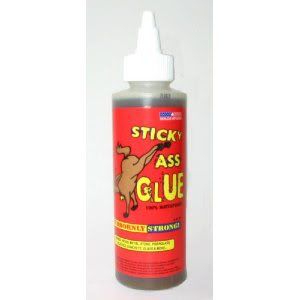Lately I'm using hide glue for most indoor projects. Liquid hide glue (happens to be the Tightbond brand but you can also a formulation from Patrick Edwards - "Old Brown") for joinery and hot hide glue for small parts and veneering.
Long open time with liquid hide glue so no frantic moments during glueup if you suddenly realize you need another clamp! The flip side to this is you must leave things under clamp longer, minimum 6 hours, 12 is better. The exceptions are rub joints and hammer veneering, both rely on forming a vacuum between the parts, thus atmospheric pressure becomes your clamp.
Potentially very SHORT open time with hot hide glue. Can be as short as a few minutes.
I'm just teaching myself how to do hammer veneering and some basic marquetry/parquetry with the hot hide glue. Amazing stuff.
The liquid hide glue is plenty strong if your joinery is good and just in case you screw something up (like put something in backwards DAMHIK) you can soften the glue, remove the part and start over without damage.
Plus hide glue doesn't interfere with most finishes the way PVA does. So if there is a little squeeze out and you just wipe it off with a damp rag, unlikely there will be a white spot later. Some pigment stains may react differently to the glue density but then you aren't supposed to be leaving THAT much glue behind anyway!
Mix it with the sawdust (wood flour) and you have a spot on match grain filler. Again, no problem with oil finishes.
For outdoor stuff or things I want to take out of clamp quickly I'll use any of the Type II PVAs. Since I don't build boats, I don't have much need for Type III water proofness. Type II is water resistant so again, if you plan out the joinery so that water runs off and away instead of pooling up, it will be fine outside.





